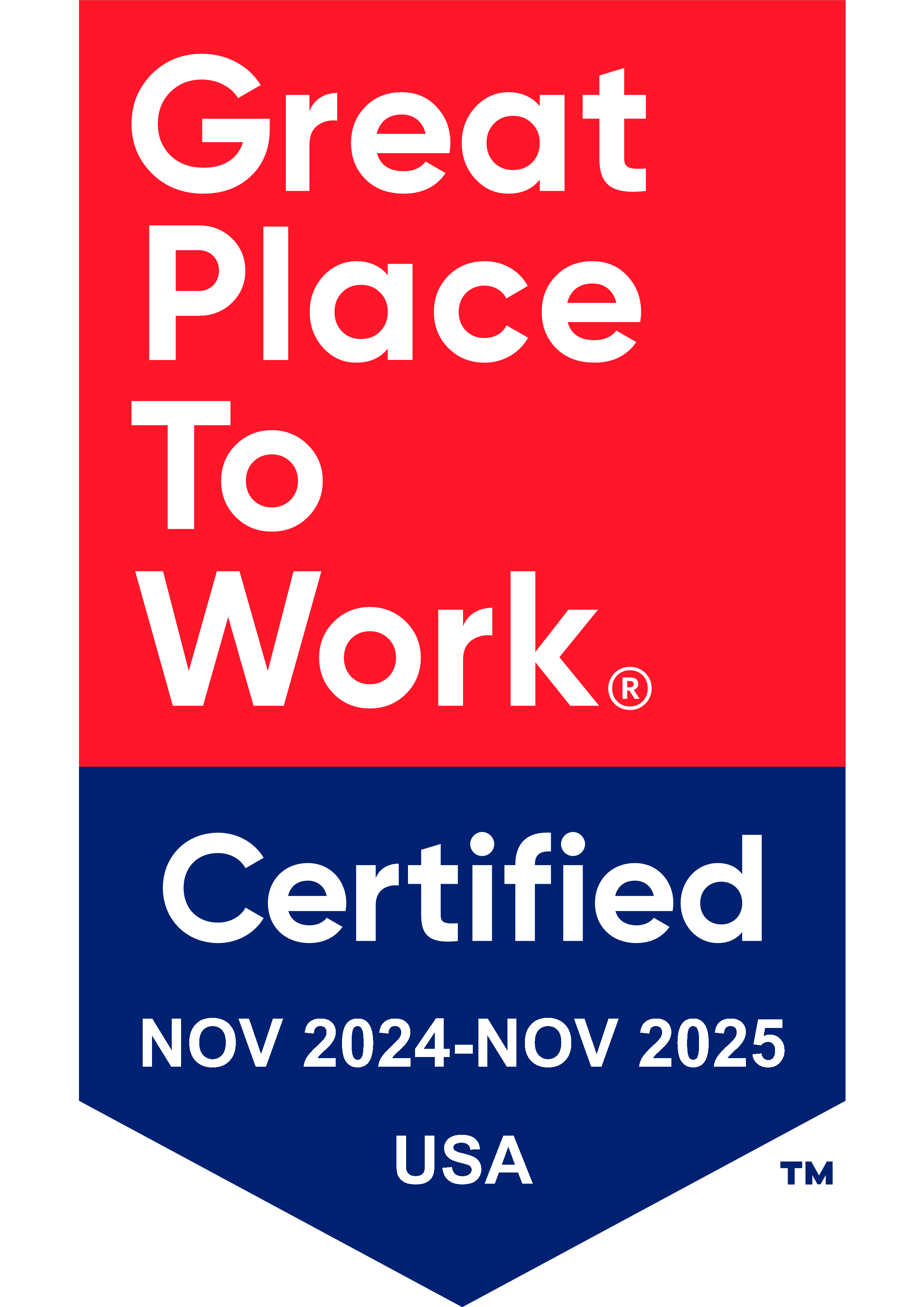Human Centered Design
Prioritizing
the Citizen
Experience.
Focusing on the needs of people and empathizing with them drives innovation that makes a difference. We believe human-centered design is a mindset that allows a creative approach to solving problems through addressing the core needs of our clients and users, focusing on process over products, and incorporating user feedback every step of the way.

Want to know more?
Reach out to discuss how we can help with your mission
Human Centered Design
in government
The federal government is in the business of serving the American people. One of their goals to deliver on this is to provide a modern, streamlined, and responsive customer experience across the government that is comparable to leading private-sector organizations. To help our government clients meet this goal we implement a four phased approach—discover, decide, make, and validate—throughout the steps of our human centered design process.
Our Methods
To address the core needs and goals of our stakeholders and users we follow an iterative process to gain stakeholder engagement, obtain business and user needs, gather data, provide incremental prototypes, make data driven decisions, and request stakeholder and user validation.
Stakeholder Engagement and Eliciting Business Needs
Before a problem can be solved it must be understood. Our process begins by working with key stakeholders to identify the root causes of issues they face in meeting critical goals.
Our team brings the technical expertise to deliver robust solutions, however it is the stakeholders who know what their enterprise needs are.

User Outreach and Research
To connect with and understand our users we conduct surveys in order to reach a larger audience and gather important data, arrange focus groups to create a safe and collaborative environment for discussions and observe reactions to specific questions, and conduct one on one interviews to a select representative sample of the userbase to gather direct feedback and inputs.

Prototyping and Iterative Design
Using Agile methodologies, we create prototypes and present them to end users and gather their feedback at the end of each iteration. This process allows our team to observe how users interact with a system or design and adjust as needed to provide the best experience.

Data Driven Decisions
Analytica utilizes hard data to influence our decisions throughout the entire HCD process. Creating the right design begins with empathy for the users who will be served, however we believe choices must be backed by facts. Some examples of the data we use include web analytics, survey results, and help desk tickets.

User and Stakeholder Validation
There are always barriers in our work but in order to limit them, it is important to gather feedback and data from end users and include stokeholds in the decision-making process.

- Increases innovation through discovery and collaboration
- Decreases risks based on acceptance by including users and stakeholders in the decision processes.
- Maximizes ROI by building in iterations to create high quality output with less rework and faster time to acceptance.
Relevant Insights

Modernizing Federal Applications and Platforms
Analytica leads the modernizing of federal applications and web platforms that incorporate a strong human centered design and focus on customer experience and citizen engagement as part of building modern data-centric, federal enterprise applications. Our client, the Internal Revenue Service, had an mission critical web application that was data-centric and had significant potential, but had low citizen and stakeholder engagement.

Payment Integrity Information Act (PIIA)
Analytica supports federal agencies to rapidly adapt to legislative changes by applying a data-driven consulting approach and implementing technology systems allowing them to comply with new federal mandates and programs, such as the Payment Integrity Information Act (PIIA). For the Commodity Futures Trading Commission (CFTC) we are implementing processes and web applications that automate payment integrity models, reporting, and anomaly detection.

Transforming the Citizen Experience through Digital Services
The Federal Government has renewed its focus on how they engage with the public by […]

